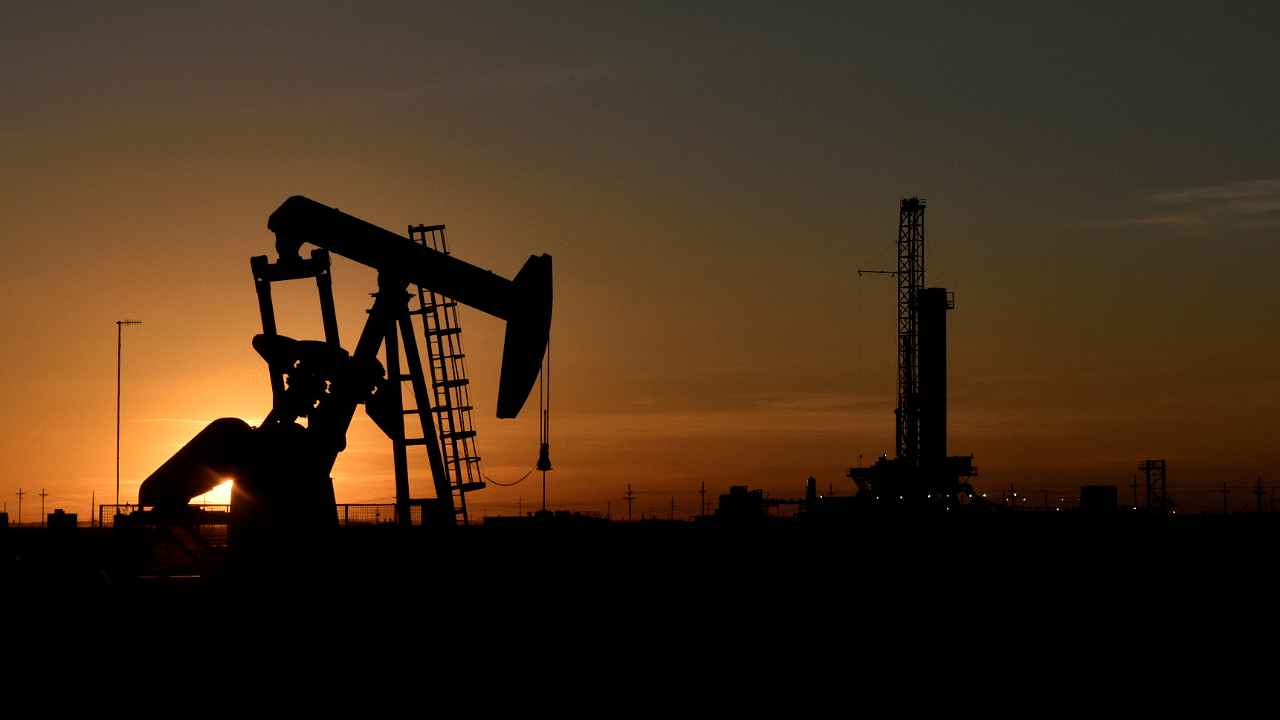
By John Kemp
How high are oil prices really and what signal are they currently sending to producers and consumers about the need for more output and lower fuel use?
The strength of a price signal depends on both the real level of prices adjusted for inflation and the rate of change compared with recent years.
In terms of the rate of change, prices are already sending a strong signal about the need to increase production and reduce consumption, as the recovery in demand has outstripped supply after last year’s coronavirus-induced slump.
Front-month Brent futures are currently trading at more than $82 per barrel, up from less than $38 at the end of the same month last year, one of the fastest price increases in percentage terms for three decades.
Rapid price escalation is characteristic of the first year of a cyclical upswing, when consumption bounces back and grows above-trend, while producers continue to withhold output, scarred by memories of the recent slump.
The turnaround from lower/falling prices to higher/rising ones sends a signal about the need for producers to switch from reducing to increasing output, and consumers to conserve fuel rather than be profligate.
But in terms of the level of prices, adjusted for inflation, the current signal to producers and consumers is so far weaker and more ambiguous (https://tmsnrt.rs/3a91SB5).
Comparisons with oil prices during previous cycles are distorted by the impact of inflation, which has consistently eroded the value of the U.S. dollar and tended to raise oil futures prices over time.
The impact is relatively insignificant over periods of 2-3 years, small enough to be ignored, but becomes increasingly significant over 5-year to 20-year horizons.
The dollar has lost almost a quarter of its consumer purchasing power since oil prices peaked at more than $140 per barrel in 2008.
If record Brent prices in 2008 are restated at the purchasing power of the dollar in 2021, prices peaked at more than $180 per barrel.
Evaluating real prices
Inflation-adjusted prices in the past were much higher than they sometimes appear in retrospect, and current prices are lower than they appear in long-term historical comparisons.
In real terms, front-month Brent prices are currently in the 72nd percentile for all months since 1990, but only the 50th percentile for all months since 2000, and the 56th percentile for all months since 2010.
There is no ideal timeframe over which to evaluate real prices.
Longer comparisons incorporate more cycles but contain older, less relevant data. Shorter time frames are more relevant but contain fewer cycles and may be more distorted by short periods of high or low prices.
In the oil market, 30-year comparisons are distorted by the lengthy period of very low prices in the 1990s, which proved unsustainable, and may not be relevant to decisions a quarter of a century later.
But shorter comparisons since 2000 or 2010 are dominated by the periods of very high prices in 2007-2008 and 2011-2014, which proved equally unsustainable, and may not be relevant to decisions in the 2020s.
The four decades from 1990 to 2030 contain several actual and prospective changes in both production and consumption regimes and behaviour, which makes historical comparisons difficult.
Significant changes include massive excess production capacity in the 1990s, the shale revolution from the early 2010s and the advent of electric vehicles to compete with oil in the 2020s.
However, examining the level of prices in all these time frames, the most conservative conclusion is that the level of real oil prices is currently average or moderately high.
Real prices are sending a signal to producers and consumers about the need for more output and more fuel conservation, but not yet a very strong one.
Further significant price rises may be needed to compel consumers to reduce oil use and switch to cheaper alternatives and encourage producers to boost output.